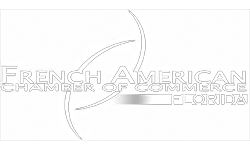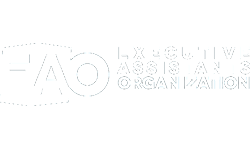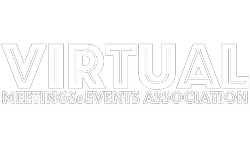With more and more people around the world receiving vaccinations, the “re-opening” of the world is already underway. Schools are planning to welcome students back to in-person teaching in the Fall. Travel restrictions are lifting in Europe and parts of the Americas. And, companies are starting to think about how to bring back their workforce.
Small companies are mostly “re-activating” their staff with some minor modifications in the office. In some cases, cubicle walls have been re-constructed, and changes to the break room/coffee room have been made to encourage healthier, safer protocols. But for mid-size and larger companies, the pandemic revealed some unexpected benefits of an at-home workforce, either in part or in full. Studies conducted during the pandemic showed that many employees actually put in more hours when working from home, partly because they no longer needed to commute. As well, employers found that they didn’t need as much office space if they could suitably hold client meetings and conduct work activities remotely. Some were able to reduce their office footprint by as much as 50%, leading to thousands of dollars a year in savings on rent.
Employees have realized benefits from the pandemic as well. For many, the ability to use a lunch hour to pick kids up from school meant not needing other childcare arrangements. For others where in-person school was not an option, the benefit was even more pronounced. Even with all the jokes about “tiny coworkers” in the home office environment, on the average, at-home employees were getting just as much (if not more) done in a single workday.
This has led to a growing number of professionals to resist a return to the previous “normal.” Instead, they’d prefer to continue working from home. In fact, a South Florida Business Journal survey found that a high percentage of employees would rather continue working remotely than receive a $30,000/year raise. If that seems staggering, consider the skyrocketing costs of child care nationwide, which can range anywhere from $400 to $2000 per month, per child, depending on the age of the child and the kind of childcare scenario (babysitting, full-time nanny, day care center or preschool, etc.). Now, add that to the non-tangible cost of more time with family and less frustration with traffic, and it’s easy to understand the appeal.
In moving “back to business” not all companies will adopt the same policy. Even two businesses in the same industry or category may choose completely different strategies from one another, and single brands with global offices may find that work scenarios vary from country to country or region to region. In the U.S, the growing trend seems to be that many companies will adopt to a 2-day working from home / 3-day working from the office.
This makes it more crucial than ever that brands and organizations find ways to keep their teams united and connected. Up until now, that has largely meant through virtual events. These will certainly continue in the future as they present a smart, simple way to connect many people at once without additional travel/lodging/entertainment logistics. However, for other teams – like those in hospitality, some branches of retail, health care, and other industries – a return to face-to-face events is long overdue. As restrictions continue to ease, organizing safe in-person gatherings for sales conferences, industry conventions, and training seminars will be important steps forward for businesses to resume pre-pandemic activity.
In deciding what’s best for your team – do a 5-senses review.
- Touch – do your products or services need to be felt, handled, or demonstrated in order for your teams to optimize sales or customer service?
- Taste – do you work in any industry where food and beverage are a crucial component of the sales/customer service experience?
- Smell – How important is aroma to your customer/guest experience? Can it be suitably replicated with paper “tester” strips or other mail-able samples?
- Sound – Is there any element of sound in your work that cannot be transmitted via standard or online audio & video?
- Sight – Is there any visual element of your work that cannot be suitably captured by video and photographic means?
If you answered yes to any of the above, then an in-person event may be worth planning in the near future. If you’re uncertain, or simply not ready to return to in-person, then a hybrid option may be best. And, if you can say no to the entire 5-sense review, then virtual may hold many advantages for you. Vibe can help you with the planification of any of your events – in-person, hybrid or virtual. Feel free to contact us for further information.
About the VIBE Agency: The VIBE Agency is a Miami-based award-winning full-service production agency that specializes in the creation and orchestration of live and virtual experiences for the corporate industry. The agency is forward-thinking and was recognized as one of the 50 top event companies by Special Events magazine in 2019 and 2020. Most recently, Valerie Bihet, founder of the VIBE was named a Smart Women in Meetings 2021 Hall of Fame honoree by Smartmeetings, for her consistent work advancing the industry. If it can’t be live, make it VIBE!









